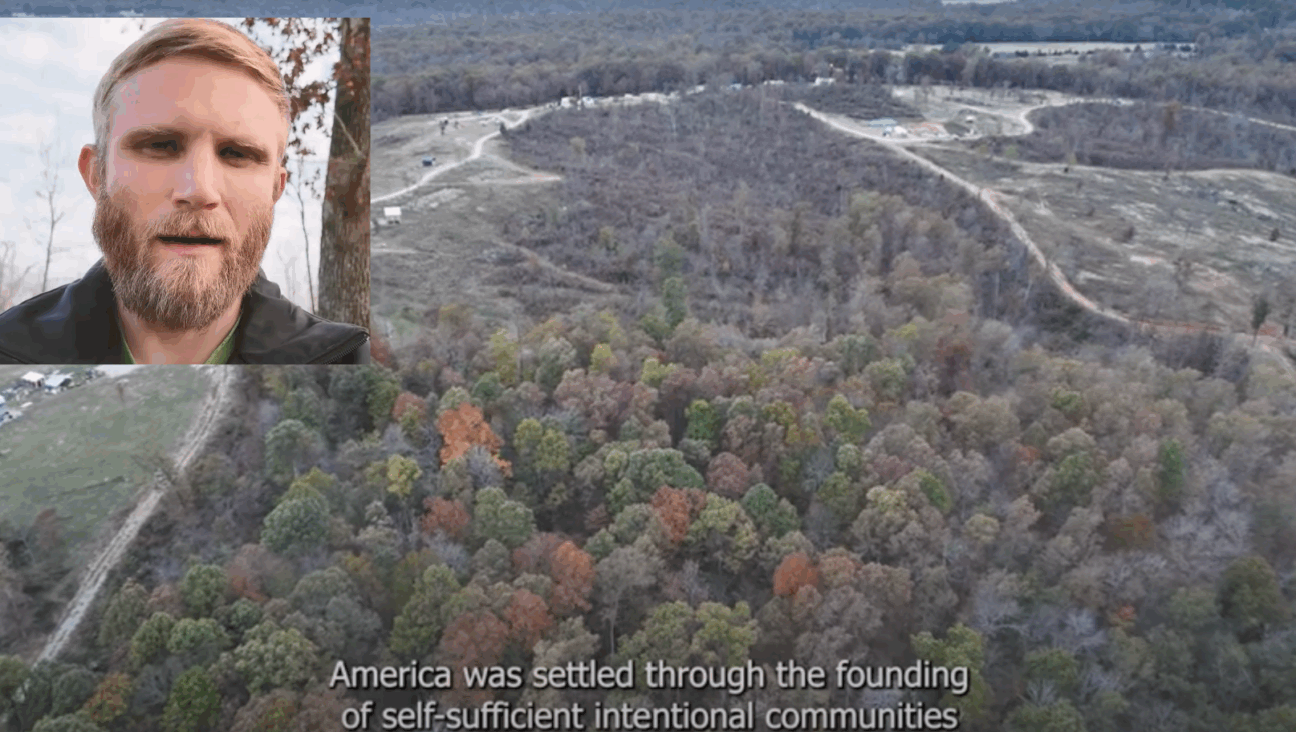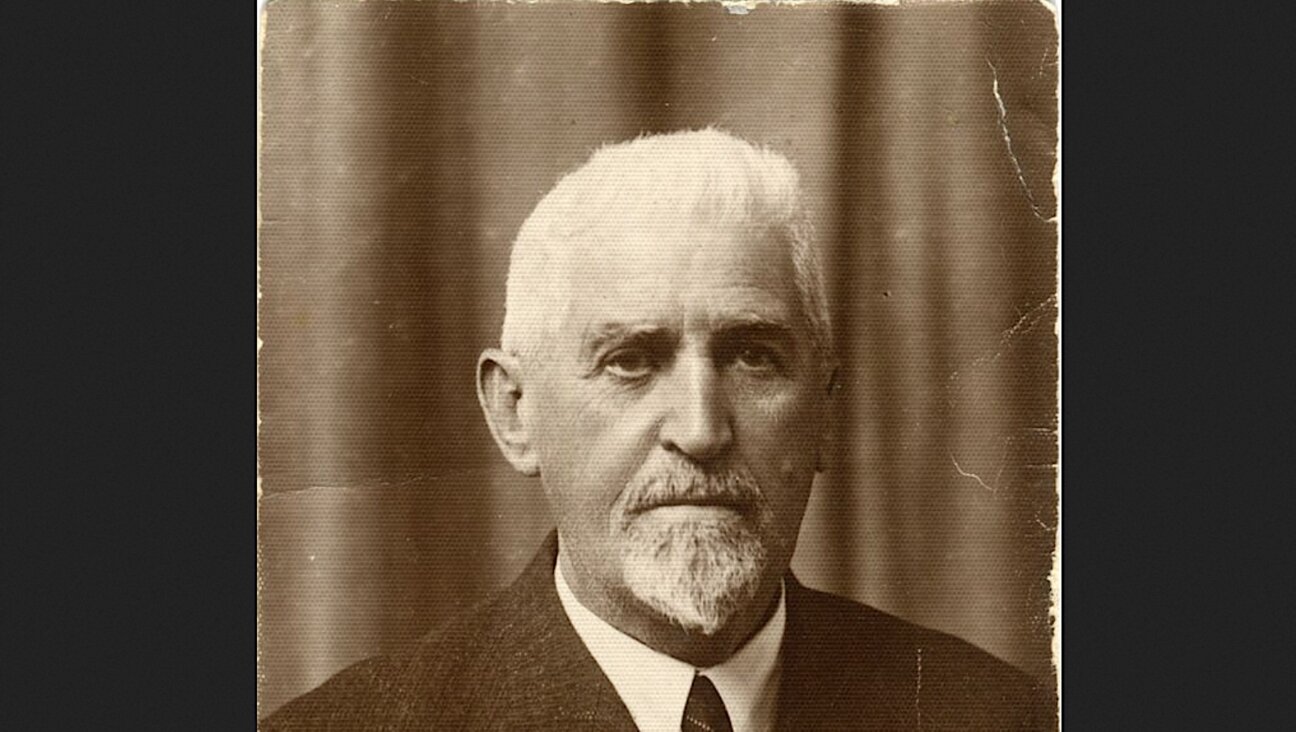Archaeologists Discover Bronze Age Bagels

Graphic by Angelie Zaslavsky
You can almost hear the kvetching over these bagels: They’re too small! Oy, so hard! My teeth!
Okay – maybe it was grunts, since we’re talking about the Bronze Age. But a team of scientists has discovered 3,000-year-old “remains of small, round dough rings” that bear some striking resemblances to modern-day bagels.
According to The New York Times, which first reported the findings, the rings “contain hulled barley, wheat and possibly other cereal remains.” Dr. Heiss’ team concluded that they were made from “carefully processed flour”, judging from the fineness of the grains. The study posited that these proto-bagels “were formed with uncooked dough and baked at low temperature or air-dried”.
“These must have been important in some way,” Dr. Andreas G. Heiss, the lead author of the study, told the Times. This is very fine quality flour, shaped very carefully, made with special ingredients. This is not what you would see in ordinary foods, and not like the foods we usually find.”
The excavation yielded no ancient schmears; the team’s analysis found no evidence of “intentionally added condiments,” salt, or dairy products.
And if the bagels weren’t already stale enough, get this: The Times reported that the bread was excavated in the late 1970s, but scientists only recently acquired the funding to pay for analysis of the material.
No word on whether Bronze Age consumers voted on their favorite bagels, as Forward readers do every year.























